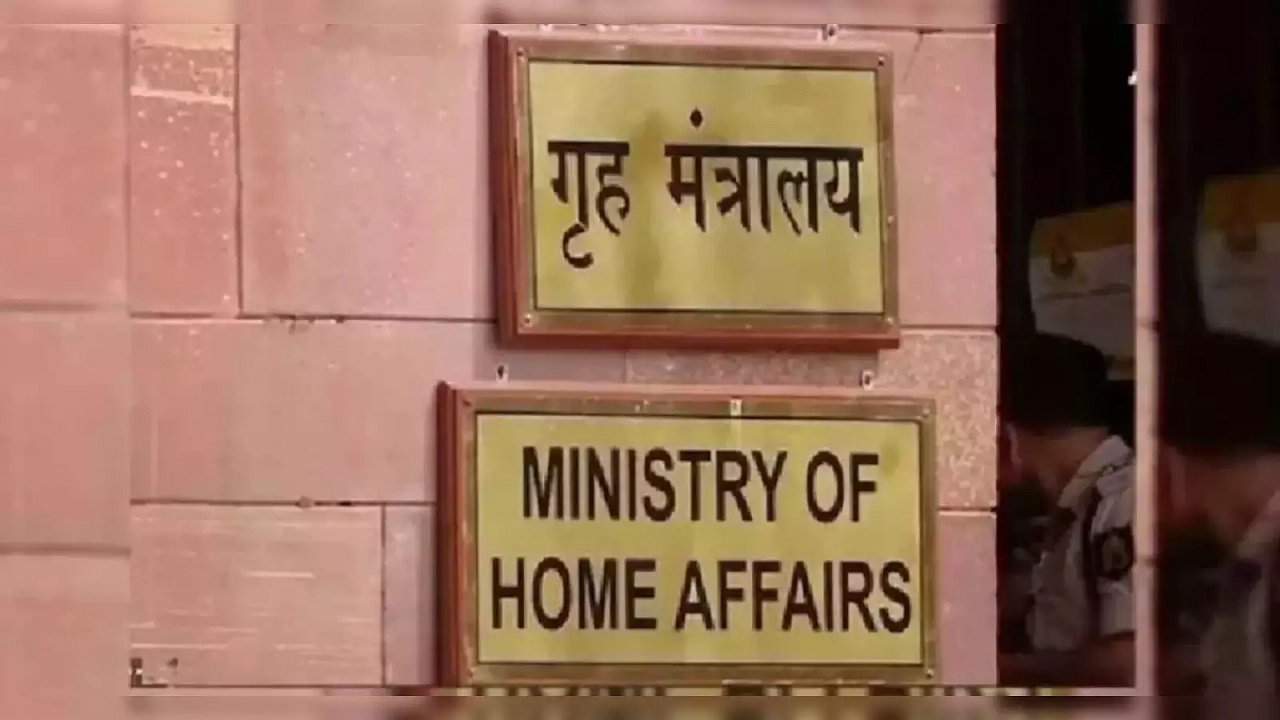Ministry of Home Affairs: Reforms, Roles and Realities
Context
The Ministry of Home Affairs (MHA) plays a crucial role in safeguarding India’s internal security and maintaining federal harmony. Over the decades, the MHA has transitioned from a reactive crisis manager to a strategic policy-making body. This transformation is central to understanding the evolving nature of India's internal security apparatus, especially for UPSC aspirants studying governance, internal security, and polity.
Basis and Role of the Ministry of Home Affairs
-
The MHA serves as the nerve centre of India’s internal security and federal governance.
-
Unlike many other nations, India’s MHA integrates security and administrative coordination, making it a pillar of national stability.
Constitutional Backing:
-
‘Public order’ and ‘police’ are State subjects under Entries 1 & 2, List II (State List), Seventh Schedule.
-
However, Centre's role is justified through:
-
Article 355: Union’s duty to protect States from external aggression and internal disturbance.
-
Article 256 & 356: Ensure constitutional governance and Centre-State cooperation during emergencies.
-
Key Functions:
-
Monitoring internal security and issuing advisories.
-
Sharing intelligence, providing financial and manpower support to States.
-
Ensuring law and order without violating State autonomy.
Evolution of MHA’s Role
The expansion of MHA's functions is a direct response to emerging national security threats and state-level incapacities.
Key Drivers of Change:
-
Rise of terrorism and insurgency since the 1980s.
-
Inadequate response by States to threats in Punjab (militancy), Kashmir (terrorism), and Central India (Maoist insurgency).
-
Increased dependence on Central Armed Police Forces (CAPFs) like CRPF and CISF.
-
Industrial unrest during the 1970s–80s led to the creation of CISF for securing critical infrastructure.
Organisational Changes:
-
Addition of departments: Disaster Management and Narcotics Control Bureau (NCB).
-
Separation of the Department of Justice and North-East affairs from MHA.
Key Challenges Faced by MHA
Despite its strategic position, the MHA has faced several historical and structural limitations:
-
Narrowed Focus:
-
Prioritised insurgency, terrorism, and border security.
-
Neglected areas like police modernisation, inter-agency coordination, and disaster management.
-
-
Frequent Leadership Changes:
-
Example: Indira Gandhi's third term and Rajiv Gandhi’s tenure saw 4 different Home Ministers, leading to policy instability.
-
-
Reactive Legislation:
-
Laws enacted after crises, e.g.:
-
TADA (post-Punjab insurgency)
-
POTA (after 2001 Parliament attack)
-
NIA Act (after 26/11 Mumbai attacks)
-
-
-
Crisis Ministry Mindset:
-
Stepped in only during emergencies, rather than focusing on long-term structural reforms.
-
Recent Reforms and Strategic Initiatives
The past decade has witnessed a paradigm shift in the approach of the MHA:
1. Budgetary Strengthening:
-
MHA's budget crossed ₹1 lakh crore in 2019.
-
2025 allocation: ₹2.33 lakh crore, with ₹97,000 crore for CAPFs (up from ₹38,000 crore in 2013–14).
2. Legislative Overhaul:
-
Since 2019, over 27 legislative reforms have been introduced.
-
Key reforms:
-
Amendments to UAPA and NIA Act
-
Clear definition of terrorism under Indian criminal law
-
Emphasis on terror financing prevention
-
3. Institutional and Technological Strengthening:
-
Expansion of National Investigation Agency (NIA)
-
Revamp of Multi-Agency Centre (MAC)
-
Push for a ‘duty to share’ intelligence culture
-
Establishment of National Forensic Sciences University (NFSU)
4. Criminal Justice Reforms:
-
Enactment of 3 new criminal codes:
-
Bharatiya Nyaya Sanhita
-
Bharatiya Nagarik Suraksha Sanhita
-
Bharatiya Sakshya Adhiniyam
-
-
Full implementation of Crime and Criminal Tracking Network & Systems (CCTNS) – integrates 17,130 police stations, courts, and forensic labs.
-
Promotion of forensic-led investigations.
Significance of These Reforms
These reforms have had a measurable impact on India’s internal security:
-
Violence in conflict zones reduced by 70%.
-
Stone pelting incidents in Kashmir have nearly stopped.
-
Insurgency in the North-East has weakened significantly.
-
Naxal-affected regions are witnessing economic and social development.
-
Boost to political stability and governance in previously disturbed areas.
Way Forward
-
Strengthen Institutional Coordination:
-
Regular training for better Centre–State–Police–Judiciary synergy.
-
Creation of Joint Command Centres for coordinated action.
-
-
Federal Support Model:
-
Provide States with modern equipment, training, and funds.
-
Encourage merit-based policing and autonomy in law enforcement.
-
-
Policy Continuity and Vision:
-
Reduce political interference and ensure long-term planning.
-
Shift from event-based policies to proactive and preventive governance.
-




Comments (0)